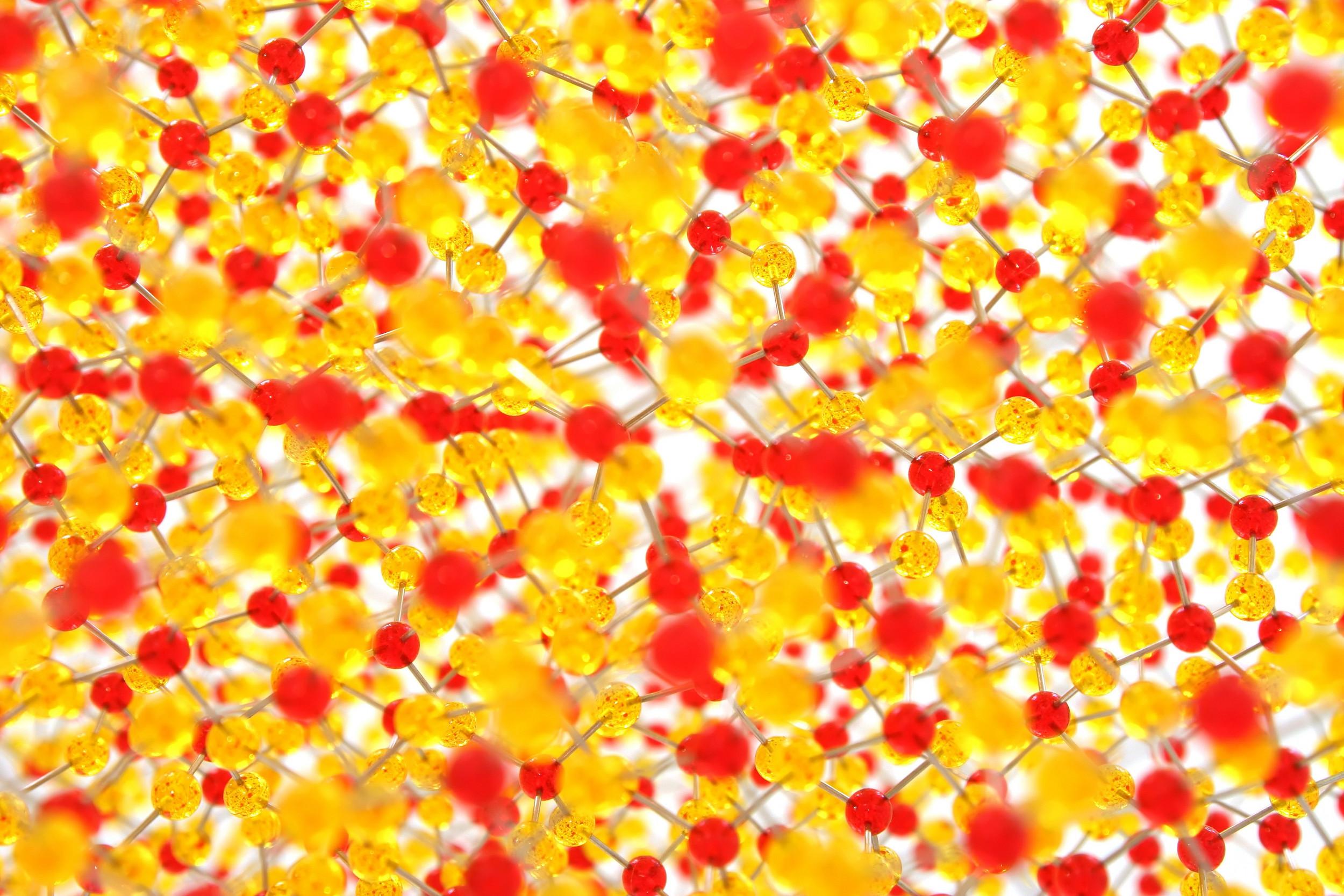

Zeta potential is the charge on a particle at the shear plane
Zeta potential is the charge on a particle at the shear plane. This value of surface charge is useful for understanding and predicting interactions between particles in suspension. Manipulating zeta potential is a method of enhancing suspension stability for formulation work, or speeding particle flocculation for water treatment for example. Measuring zeta potential by electrophoretic light scattering allows one to assess the effects of various strategies for manipulating zeta potential. Electrophoretic light scattering exploits the fact that a charged particle responds to an applied electric field.
The particle motion due to the applied electric field is measured by light scattering. The particles are illuminated with laser light and therefore the particles scatter light. The frequency of the scattered light is a function of particle velocity due to the Doppler shift. This explains another name for this technique: laser Doppler electrophoresis. A second beam of light (the reference beam) is mixed with the scattered beam in order to sensitively extract the frequency shift in the scattered light. See the figure below showing the scattered beam mixing with the reference beam at the zeta potential detector in the lower right. The measured magnitude of the frequency shift is then used to determine the particle velocity.
Optical layout for zeta potential measurement in the SZ-100
From the known applied electric field and measured particle velocity, the particle mobility is readily determined. Zeta potential is then calculated from mobility by using a model, the most common of which is the Smoluchowski model. The only parameters required for determining zeta potential are liquid dielectric constant, refractive index, and viscosity. This makes the technique rapid and reliable.
The known electric field and measured particle velocity allow for the calculation of particle mobility, and with choice of model, the zeta potential.
Many environmental factors affect zeta potential including pH. A manual or automatic pH titration can identify both the isoelectric point and ranges of maximum zeta potential, and by extension, predicted stability.
In practice, measurements are made by adding a small amount of suspension or emulsion to the measurement cell and inserting the cell into the instrument. The instrument software then automatically determines the appropriate electric field strength, adjusts the reference beam intensity to ensure the optimal signal to noise ratio, collects and analyzes the data, and presents the results to the user. Often, the effect of H+ or other ions on zeta potential is important. In the former case, a pH titration can be performed, and in the latter, the ion concentration is varied (usually on a logarithmic scale) and a series of zeta potential measurements are performed. Significant labor savings can be realized by using an automated titrator to adjust sample pH.
The zeta potential of a sample is most often used as an indicator of dispersion stability. Large zeta potentials predict a more stable dispersion. Fast and accurate measurement of the zeta potential with the nanoPartica SZ-100V2 can enhance understanding of aggregation and flocculation in samples and speed up the process of developing stable formulations, be they dispersions, emulsions or suspensions.
Measurement of the zeta potential, or electrostatic attraction / repulsion, is important to many industries from pharmaceuticals to mineral processing and from water treatment to additives for electronics. The SZ-100V2 enables fast, reliable and accurate measurement of the zeta potential.
Nanoparticle Analyzer
Do you have any questions or requests? Use this form to contact our specialists.
